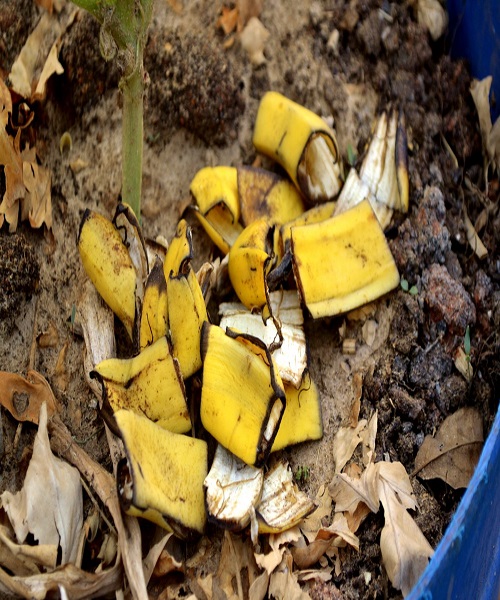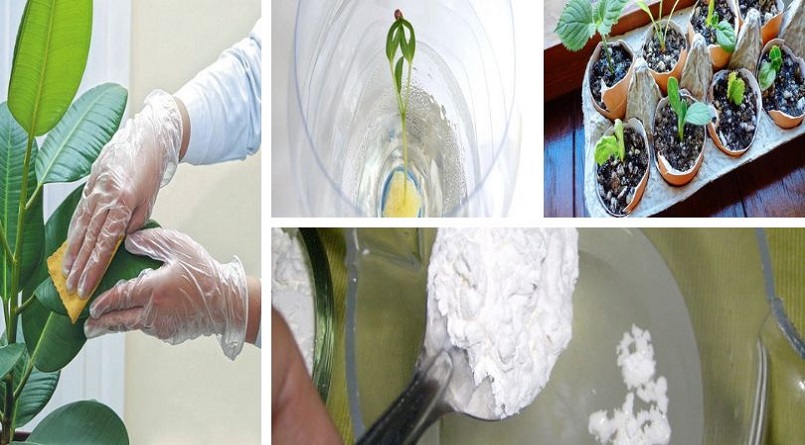You don’t have to spend a lot of money to maintain your indoor plants healthy and happy, just follow these simple tips.
Taking care of houseplants can be hard and expensive if you don’t know how to do it right. We’ve compiled a list of our favorite and most cost-effective indoor plant care hacks just for you!
Easy Ways to Care for Your Indoor Plants
Cleaning houseplants with baking soda
Maintaining a clean and dust-free environment for photosynthesis is essential. To do this, gently clean the leaves with a soft, lint-free cloth that has been soaked in water and sodium bicarbonate solution (a pinch of baking soda in one liter of water).
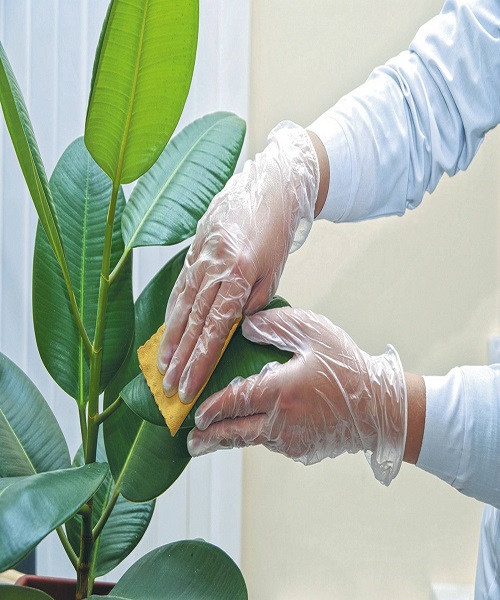
Cleaning Clay Pots with Vinegar
Vinegar can be used in a variety of ways in the kitchen, including cleaning clay pots. Over time, the pots deteriorate due to a buildup of calcium, salts, minerals, and fertilizers.
Soak the pots for 20-30 minutes in a solution of 1 cup acidic white vinegar (5 percent) and 3-4 cups water. Simply use a soft-bristled brush to gently scrub the surface.
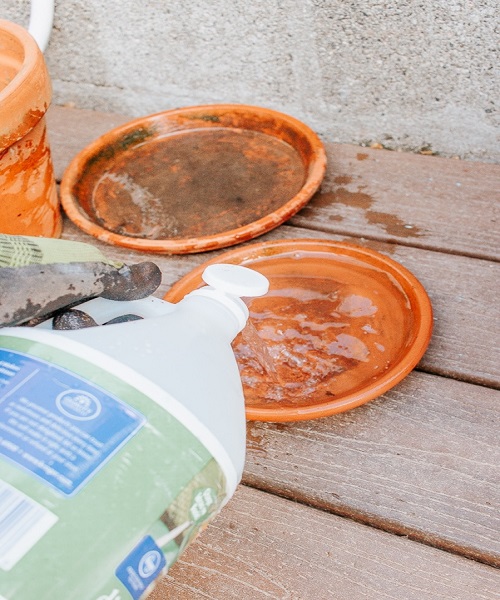
Cornstarch reduces the need for watering
Every kitchen uses cornstarch as a thickener in soups, gravies, and many other meals. Plants can benefit from 2 teaspoons of this substance in a medium-sized pot.
As a result, the need for frequent watering will be reduced.
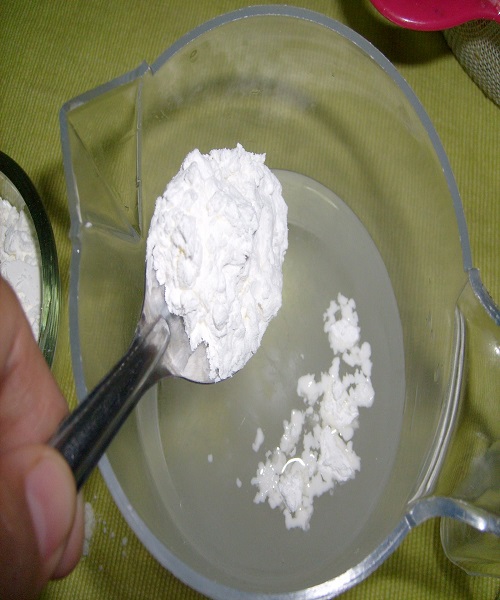
Layer with old sponges
Pots can be layered with old sponges for a smooth bottom. Root rot can be prevented by absorbing up excess water that falls to the ground.
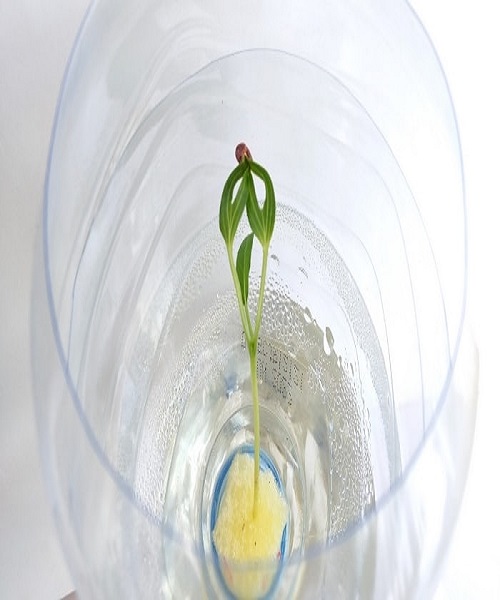
Use chopsticks as plant supports
Small plants can be supported by used wooden chopsticks. Use plant tape or interweave to secure the droopy stems to the plants before planting them in the ground.
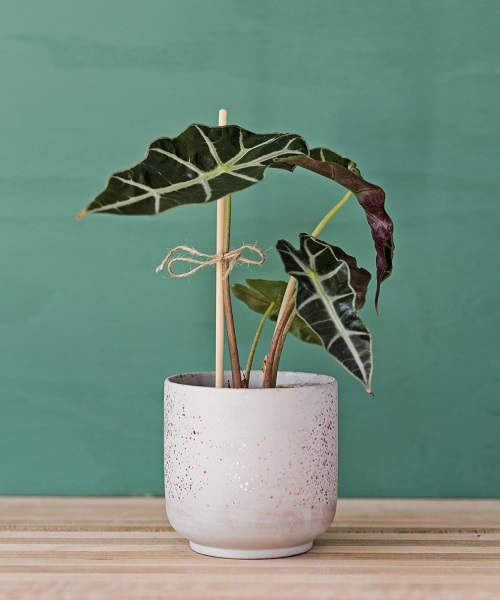
Seedlings in halves of eggshells and an empty egg carton
Do not purchase small pots for seedlings. Carefully crack the eggshells to plant seeds in them.
Egg cartons, which are often used to store the eggs, can also be used to start seedlings.
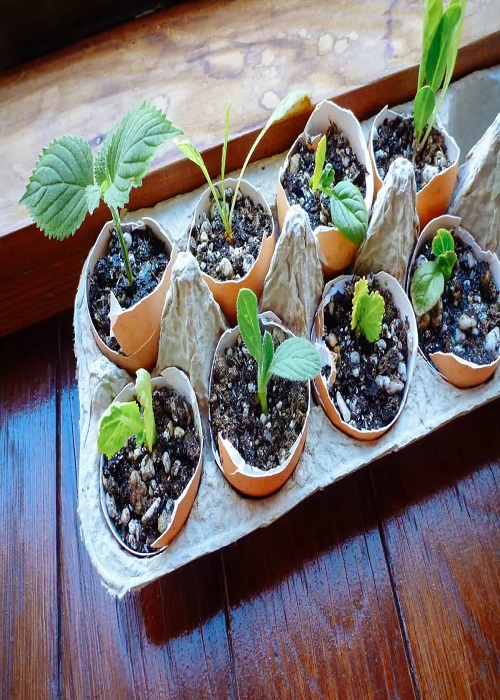
Eggshell Tea
Florida University Extension says that eggshells contain three percent phosphorus and one-third magnesium, as well as trace amounts of other nutrients essential to plant growth. Boil eggshells in a gallon of water and use the resulting tea as a plant fertilizer after it has cooled.
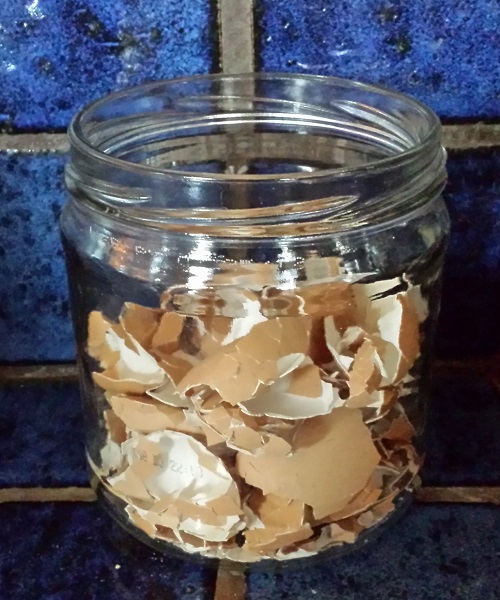
Eggshells for Fertilization
In addition to calcium carbonate (37 percent), eggshells also contain potassium and phosphorus, which are necessary for plant growth through nitrogen (N) fixation.
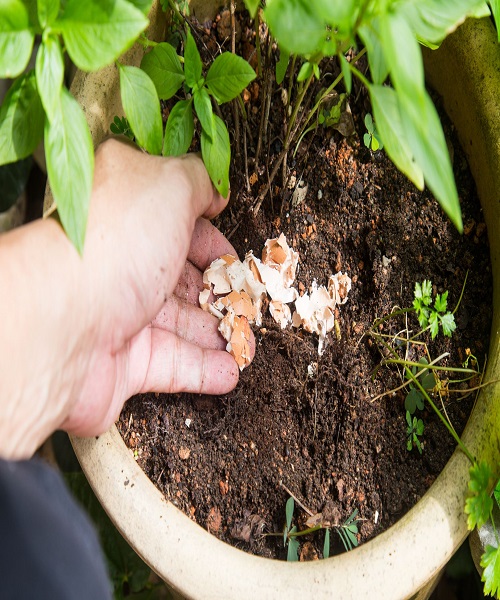
Composting with beer
Beer has numerous nutrients that can help compost become more fertile by returning nutrients including phosphate, calcium, lactic acid bacteria, magnesium, and potassium to the soil.
Use it as a supplement to speed up decomposition, which in turn promotes the breakdown of a specific component in a compost pile.
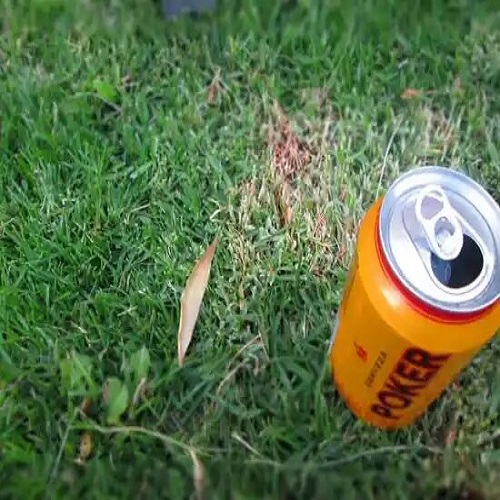
Paper coffee filters and Coffee Grounds
Fertilizer-rich coffee grounds include a variety of nutrients beneficial to plant growth, including nitrogen as well as potassium, magnesium, and calcium. Just scatter the grounds on the soil, and you’re done! Plants like pothos, philodendron and roses as well as jade plants can all benefit from this treatment.
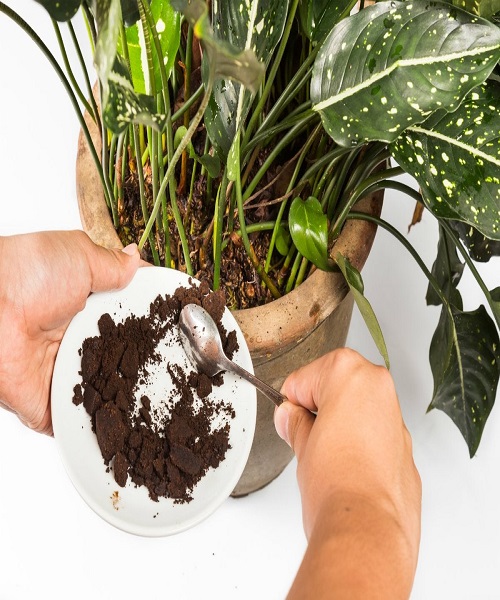
Water Bottle Trick
Use this trick to keep your plants well-watered while you’re away if you’re a frequent traveler.
The bottle should be filled with water and inserted upside down into the soil, with a few holes drilled onto its cap. When you’re away, the plant will be hydrated by the water that seeps through it!

Charcoal
Charcoal is an excellent soil conditioner because of its high potassium content. In addition to being a fantastic soil amendment, it can also be utilized as mulch. Detoxifying the soil with activated charcoal and water is also beneficial since it removes accumulated impurities. Because of its absorption properties, you can also use it to counteract the adverse effects of pesticides.
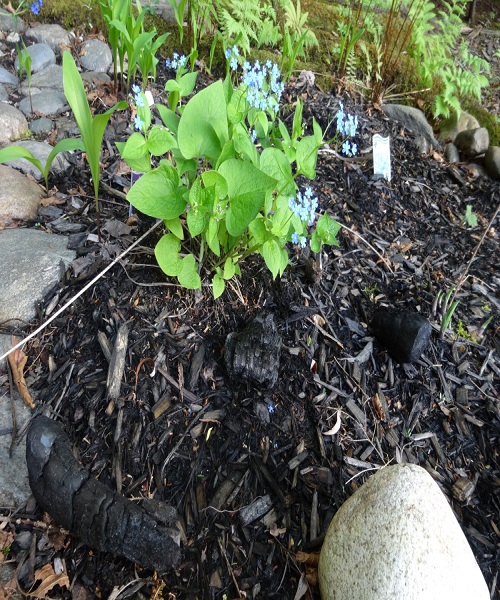
Aquarium Water
The ammonia, nitrogen, phosphorus, and potassium in aquarium water make it ideal for use as a plant nutrient. Soil health benefits from the presence of helpful microorganisms. You can apply it for a variety of plants, including lucky bamboo, pothos, and tomatoes.
Besides cuttings that thrive in water, it is also useful for plants in vases.
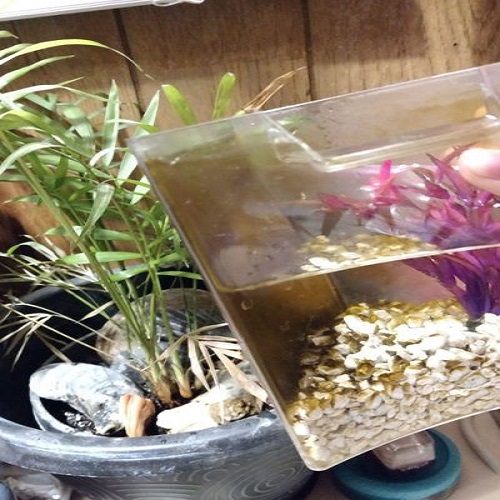
Water from boiled vegetables, pasta, or rice
There are trace portions of calcium, starch, carbohydrates, phosphorus, iron, zinc, and potassium in the water from vegetables, pasta, and rice. These nutrients help the plant grow by giving it what it needs.
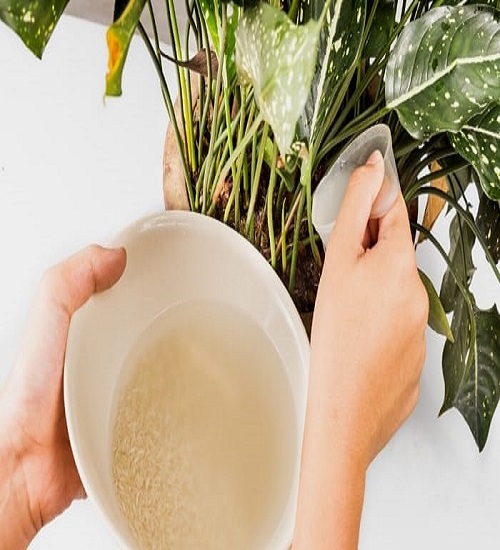
Fertilize with banana peels
Tomatoes and peppers benefit greatly from the potassium and phosphorus found in banana peels. In order to manufacture banana peel chips, chop up the peels and set them under a sieve in the oven or in sunlight.
Spread the pieces in the middle of the plants and then water them.
